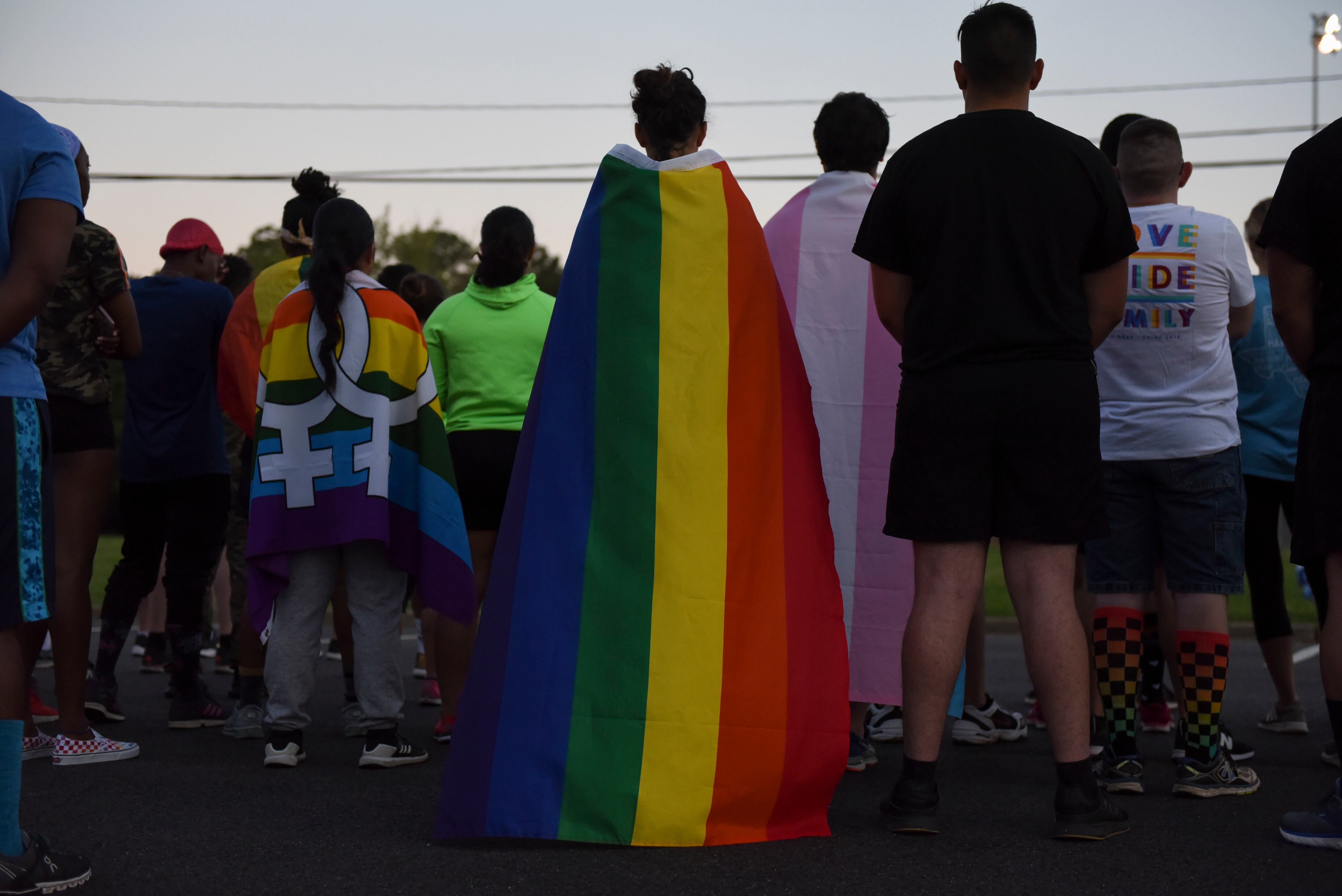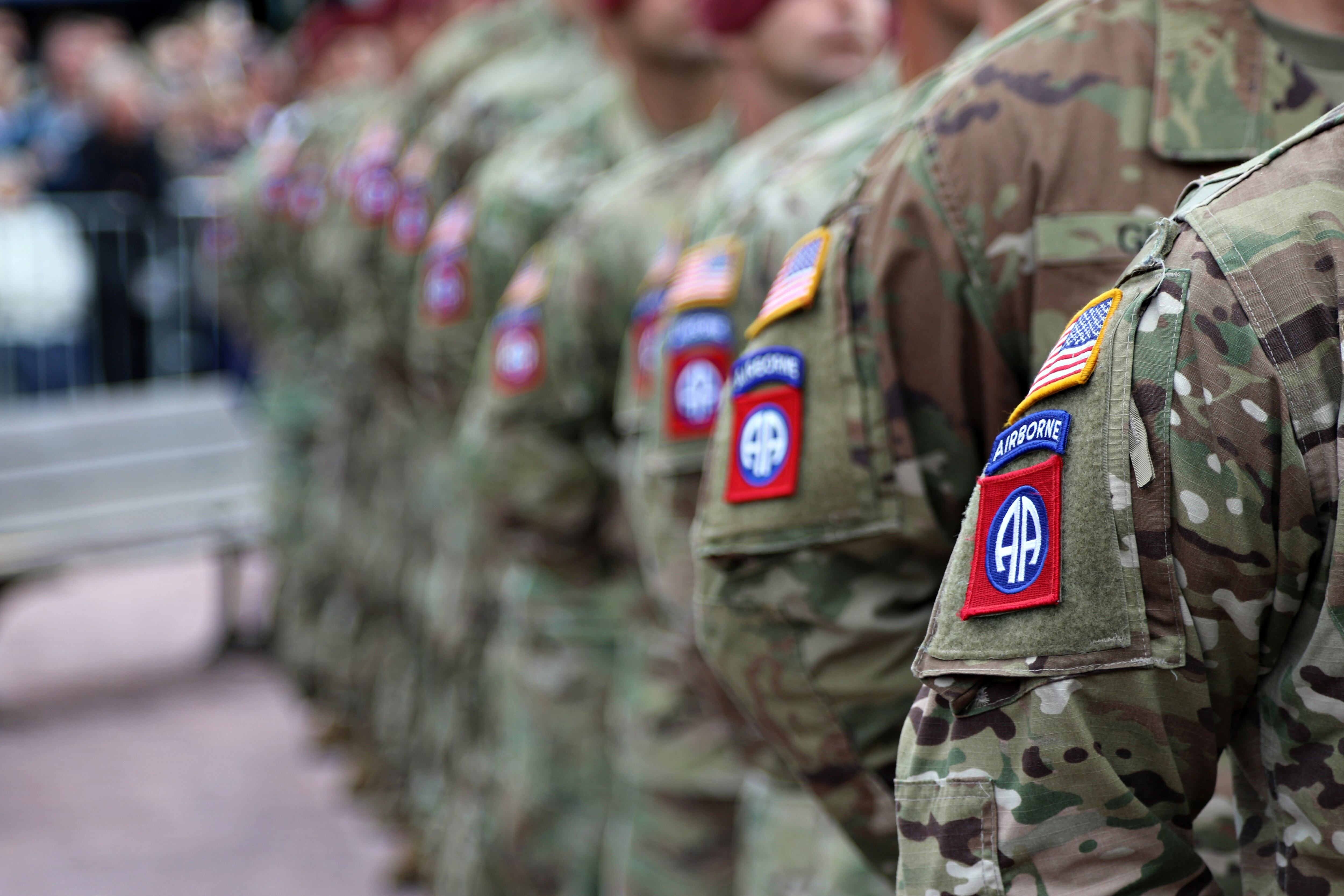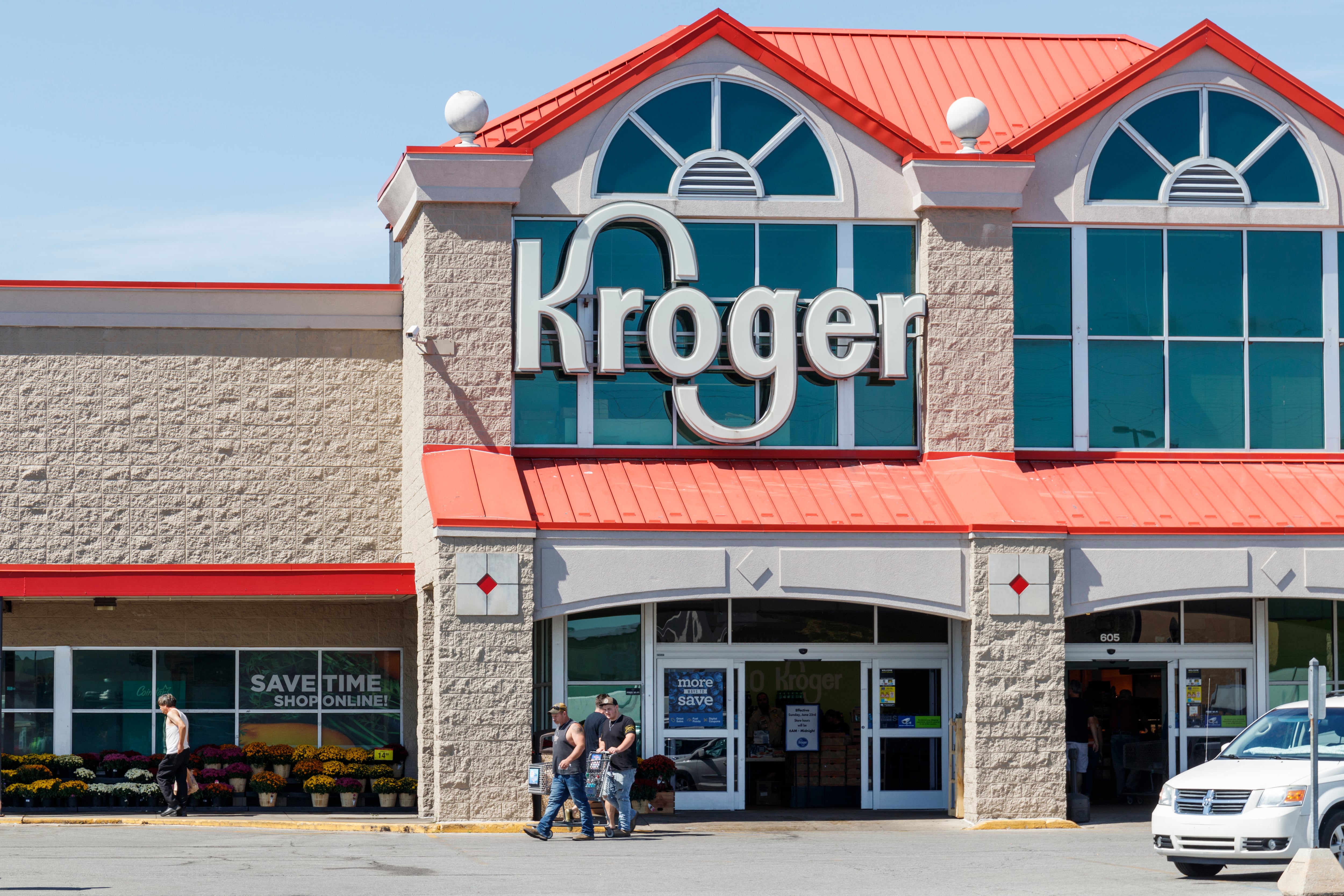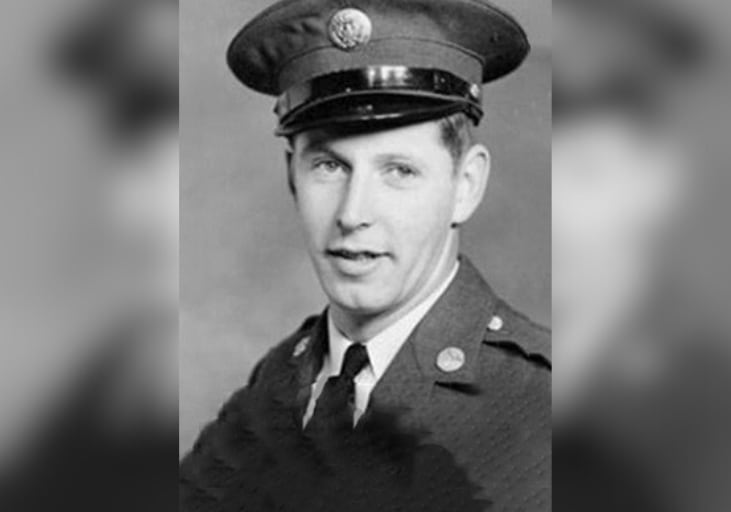Latino veterans are more likely to be homeowners, reach higher levels of education and earn greater incomes than their civilian peers, the University of California-Los Angeles’ Latino Policy and Politics Institute found in a new report published Wednesday.
The study is part of a dataset created by the school’s Latino Data Hub, a project to study and better understand trends within the Latino community. The initiative relies on information collected by the U.S. Census bureau from 2017 to 2021.
The findings come as Latino-identifying veterans comprise a growing share of America’s former service members. While the U.S. veteran population shrank by nearly half between 2000 and 2021, the number of Latino veterans grew from 1.1 million to 1.3 million in the same time period, the report said.
Researchers expect that trend to continue.
“As the U.S. military diversifies, Latinos will likely represent a higher share of the veteran population,” according to the report.
Nearly 360,000 Latino and Hispanic service members served in the U.S. armed forces in 2022, the Pentagon reported in its annual demographics update.
While Latinos are the military’s fastest-growing demographic, comprising about 17% of all troops in 2022, those gains have proven uneven across the force and in the highest echelons of military leadership.
About 8% of active duty officers, who command units and earn more pay than their enlisted counterparts, and 2% of the general officers that lead the military’s largest organizations, identified as Hispanic as of May 2018, according to the Congressional Research Service.
Despite those disparities, researchers said, Latino veterans are hitting more advanced social and economic milestones than Latinos who have not served in the military.
More than two-thirds of Latino veterans had completed some college courses or graduated from college in 2021, the study said. The high school graduation rate was even higher: More than 90% of Latino veterans have earned a high school diploma.
In comparison, 42% of Latino civilians received some college education or graduated with a degree in the same time frame. Sixty percent graduated from high school.
Homeownership rates among Latino veterans also outpaced rates of Latino civilians, 70% to 54%, the study found. Still, a smaller portion of Latinos buy houses than veterans at large, nearly 80% of whom own homes, according to the report.
On average, Latino vets earned $18,000 more than their civilian counterparts each year, UCLA found. Latino civilians were almost twice as likely to live in poverty than those who served in uniform, 15% to 8%.
“These are all very extremely positive social well-being indicators of how well they’ve been doing, compared to the Latino population in general and people who have [not served] in the military,” Jie Zong, UCLA Latino Policy and Politics Institute’s senior research analyst, told Military Times.
But not every veteran easily transitions from military to civilian life, Zong said. The institute aims to collect more data on the rates of homelessness, mental health issues and isolation among Latino troops who leave the military for a fuller picture of the veteran experience.
Zamone “Z” Perez is a reporter at Military Times. He previously worked at Foreign Policy and Ufahamu Africa. He is a graduate of Northwestern University, where he researched international ethics and atrocity prevention in his thesis. He can be found on Twitter @zamoneperez.





